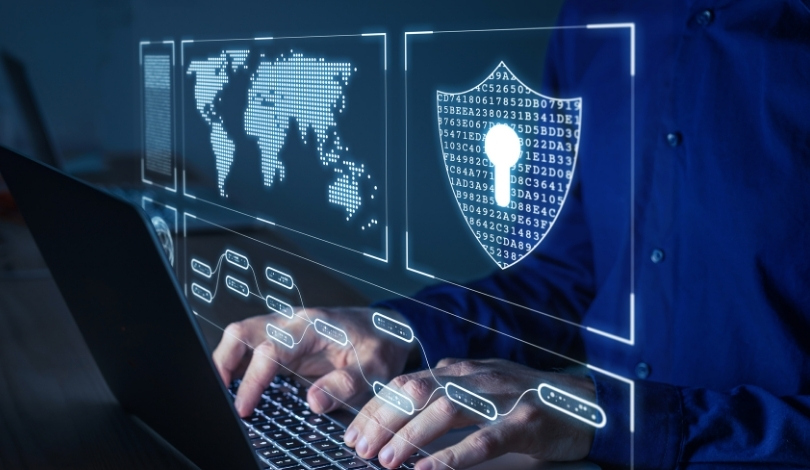A recent statement from the FBI’s Cyber Division has identified Chinese hacker group Salt Typhoon as mostly contained and dormant within the networks of major US telecommunications companies. The group, however, reportedly maintains a presence in affected systems, raising continued security concerns among industry leaders and government agencies. This development follows extensive efforts by authorities to limit Salt Typhoon’s activities, and highlights the ongoing risks posed by foreign cyber actors. The evolving landscape of cyber threats prompts questions regarding the effectiveness of current countermeasures and underscores the complexity of safeguarding telecommunications infrastructure. Increased international collaboration, especially with European and North American partners, has contributed to a broader awareness of such breaches globally.
Earlier coverage focused heavily on Volt Typhoon, another Chinese hacking group accused of targeting US critical infrastructure, with less emphasis on Salt Typhoon. Previous reports suggested that while Salt Typhoon specialized in espionage, Volt Typhoon was assessed as more poised for destructive attacks, notably by exploiting pre-positioned access. Recent disclosures, however, indicate that both groups employ similar tactics and capabilities, prompting law enforcement and cybersecurity experts to reconsider their threat assessments. Additional revelations have emerged in recent months, identifying new victim organizations, including disclosures related to Viasat. International information-sharing initiatives have shed light on the broader implications of these intrusions, prompting updates to risk management strategies.
FBI Assesses Current Salt Typhoon Activity in Networks
The FBI’s Cyber Division, led by Brett Leatherman, has clarified that Salt Typhoon hackers are not actively exfiltrating information at this stage, and their operations appear contained. Leatherman emphasized the importance of maintaining vigilance, stating,
“You can pivot from access in support of espionage to access in support of destructive action.”
Networks are being closely monitored to prevent any transition from dormant to active threat behavior, especially given the hackers’ entrenched access in nine US telecommunications providers.
What Challenges Persist in Removing Hackers from Telecom Systems?
Eliminating Salt Typhoon’s foothold in telecom networks has proven complex, according to authorities. The persistence of hackers is partly due to the infrastructure’s inherent vulnerabilities and the sophisticated methods employed to sustain hidden access. Extended hacker presence enables further embedding and may facilitate future operations, including potential destructive actions rather than just espionage.
How Are Authorities Responding to Ongoing Threats?
Law enforcement prioritizes supporting victimized companies while working to attribute and counteract malicious actors. Leatherman asserted that FBI engagement aligns with victim preferences and seeks to both mitigate immediate risks and deter future incidents. The agency remains focused on improving resilience and deterrence across affected networks and continues collaboration with international partners to identify joint action opportunities against state-linked cyber threats.
Continuous scrutiny from authorities has not led to a substantial shift in hacker tactics, which remain consistent over time. However, concerns persist about possible insider threats and the risk that attackers might pivot from espionage towards intellectual property theft or selling network access to other entities. These evolving threats underscore the need for robust security strategies and ongoing threat intelligence sharing between organizations and nations.
Objectively evaluating the current cybersecurity landscape requires recognizing both the containment of Salt Typhoon activities and the enduring risks their presence poses. Lessons from this and similar incidents suggest that collaboration between private industry, law enforcement, and international partners increases the effectiveness of defensive postures. Proactive vulnerability management, timely information sharing, and clear victim support mechanisms are essential in reducing exposure to sophisticated cyber adversaries. Entities operating critical infrastructure should be aware that dormant threats can rapidly shift their goals and tactics, necessitating long-term vigilance.










